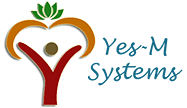Real-Time Dashboards: Streaming Data into Power BI
Want to monitor live data like sales, IoT sensors, or social media trends? Power BI’s real-time dashboards let you visualize streaming data with instant updates-no manual refreshes needed. Here’s how to set it up:

